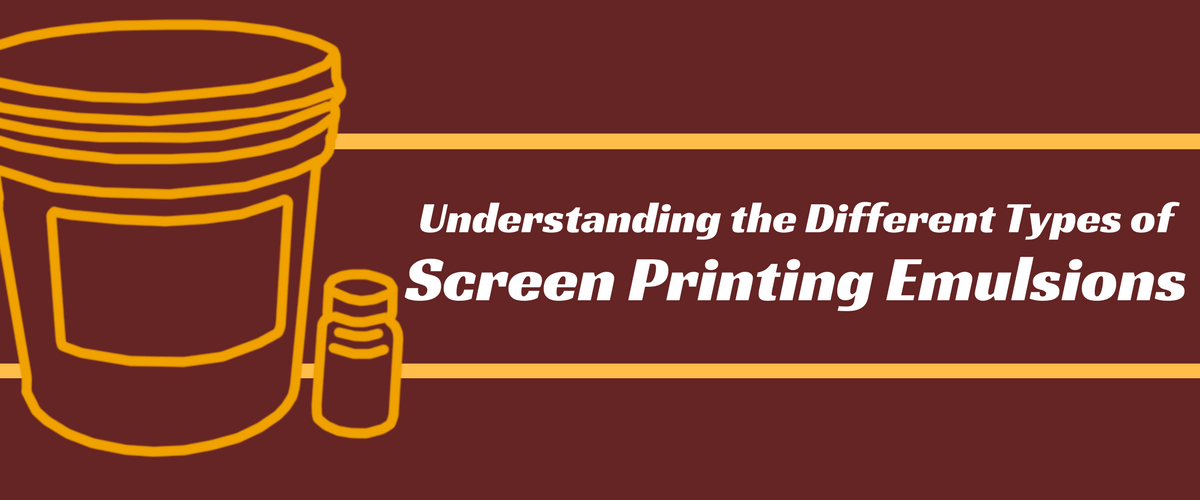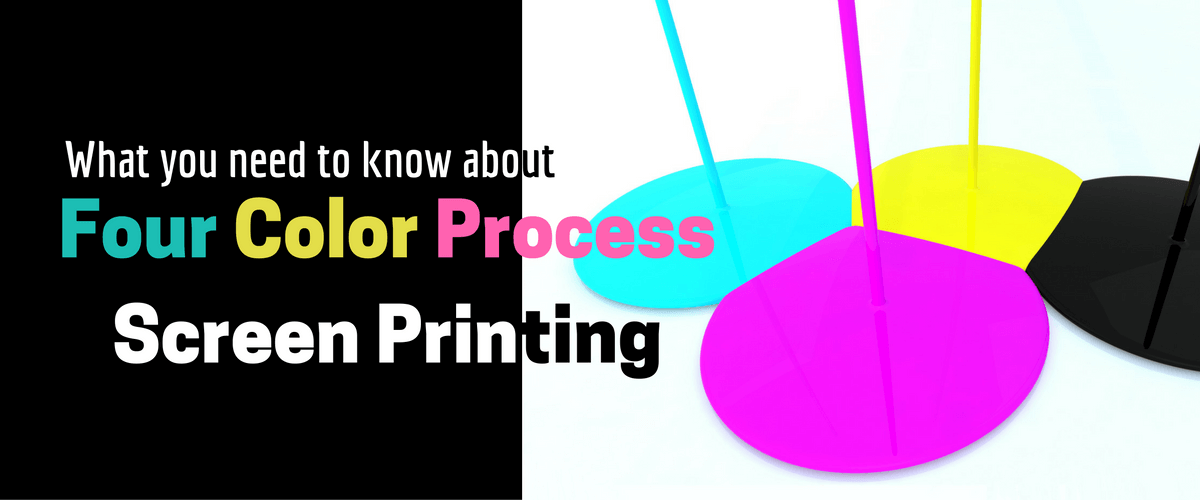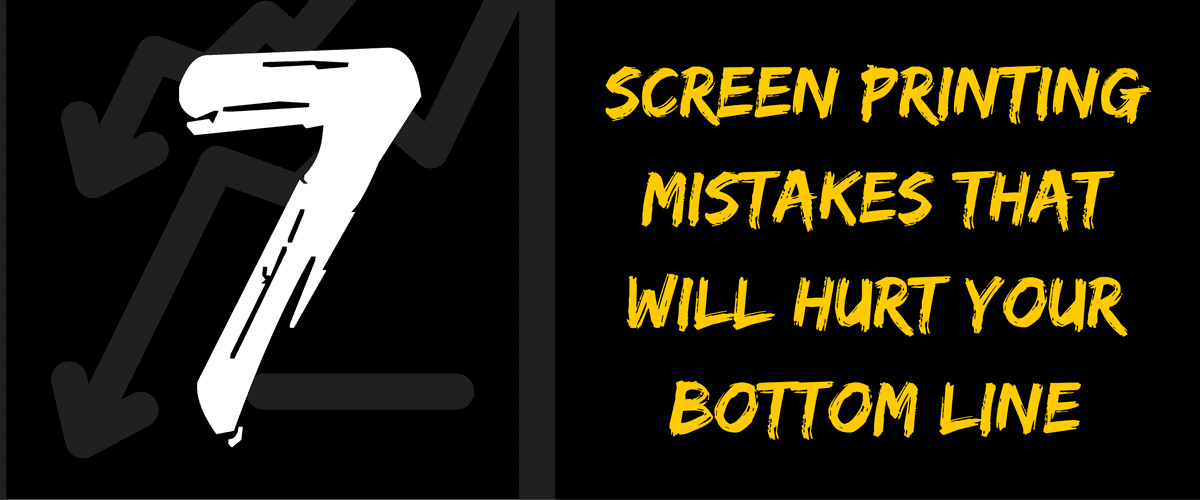

Революция в индустрии трафаретной печати благодаря передовым технологиям и качественному обслуживанию
Anatol Equipment Manufacturing Co.
1429 S Shields Dr
Waukegan, IL 60085


Революция в индустрии трафаретной печати благодаря передовым технологиям и качественному обслуживанию
Anatol Equipment Manufacturing Co.
1429 S Shields Dr
Waukegan, IL 60085

Now that you understand the different types of screen printing emulsions and have selected the right emulsion for your shop, it’s time to talk about using those emulsions the right way to prepare your screens for a successful print run.
Читать далее
A quality screen print requires a quality stencil. That means using the right screen printing emulsion for your job. So what types of screen printing emulsions are there? How are they different? How do you determine which type of emulsion to use?
Читать далее
Almost nothing poses as big of a challenge for screen printers as printing white ink on black or other dark-colored shirts. White-on-dark prints can come out rough, splotchy or blurry, and they can be challenging to fully cure.
Читать далее
To create a photorealistic image in screen printing, most printers rely on four color process. That involves printing the four basic print colors — cyan, magenta, yellow and black (CMYK) — in fine, half-tone dots.
Читать далее
Water-based inks have grown in popularity due to their soft hand feel and lower environmental impact. For printers accustomed to plastisol inks, printing with water-based inks can provide some challenges because water-based inks don’t apply and react the same way plastisol inks do.
Читать далее
For newer screen printers, choosing the right screen mesh count often presents the most concern and confusion. Because of that, many newer screen printers — as well as some more seasoned ones — often use the same medium-grade mesh counts for all jobs. While a mid-range 160 mesh screen will get you far with your printing, you’re doing yourself a disservice if you don’t learn about and experiment with different screen mesh counts for different projects.
Читать далее
Your screen printing business is nothing without its customers. However, from time to time you’ll come across some clients that are more difficult to deal with than others. Some might be impossibly picky; others may have unrealistic expectations for what you can deliver. The key to keeping customers happy is communication.
Читать далее
Feeling squeezed by the restrictions of a standard-sized screen print? If your creativity can’t be contained in your usual print size, you may want to give oversized printing a try. To really push the envelope, you can print whole backs and fronts of shirts, or even try all-over printing.
Читать далее
In a recent blog post, we covered seven screen printing tips to improve the quality of your products. Today, we’re expanding upon that by exploring seven screen printing mistakes to help you avoid saying, “I will never make that mistake again.”
Читать далее
Blurry prints. Smudged or rough ink. Improper registration. Images that wear away when washed. As a screen printer, these are some of the common problems you work to avoid. Every misprint costs money, and problem prints that make it into your customers’ hands can damage your business’s reputation.
Читать далее
To survive in the t-shirt screen printing industry — let alone be successful — your business must maintain healthy relationships with its customers as well as its competitors. You could be the most experienced screen printer this side of the sun but nobody will know it without a strong presence and reputation in the field. There are many ways to build and improve your screen printing business. Here are a few suggestions that are sure to increase your visibility in the t-shirt screen printing community and attract new customers…
Читать далее
Traffic, gas prices, long car rides — the morning commute to work can be a real pain. And once you arrive, you’re spending long hours making money for someone else and missing out on what’s most important — your family.
Читать далееYour message was successfully sent!